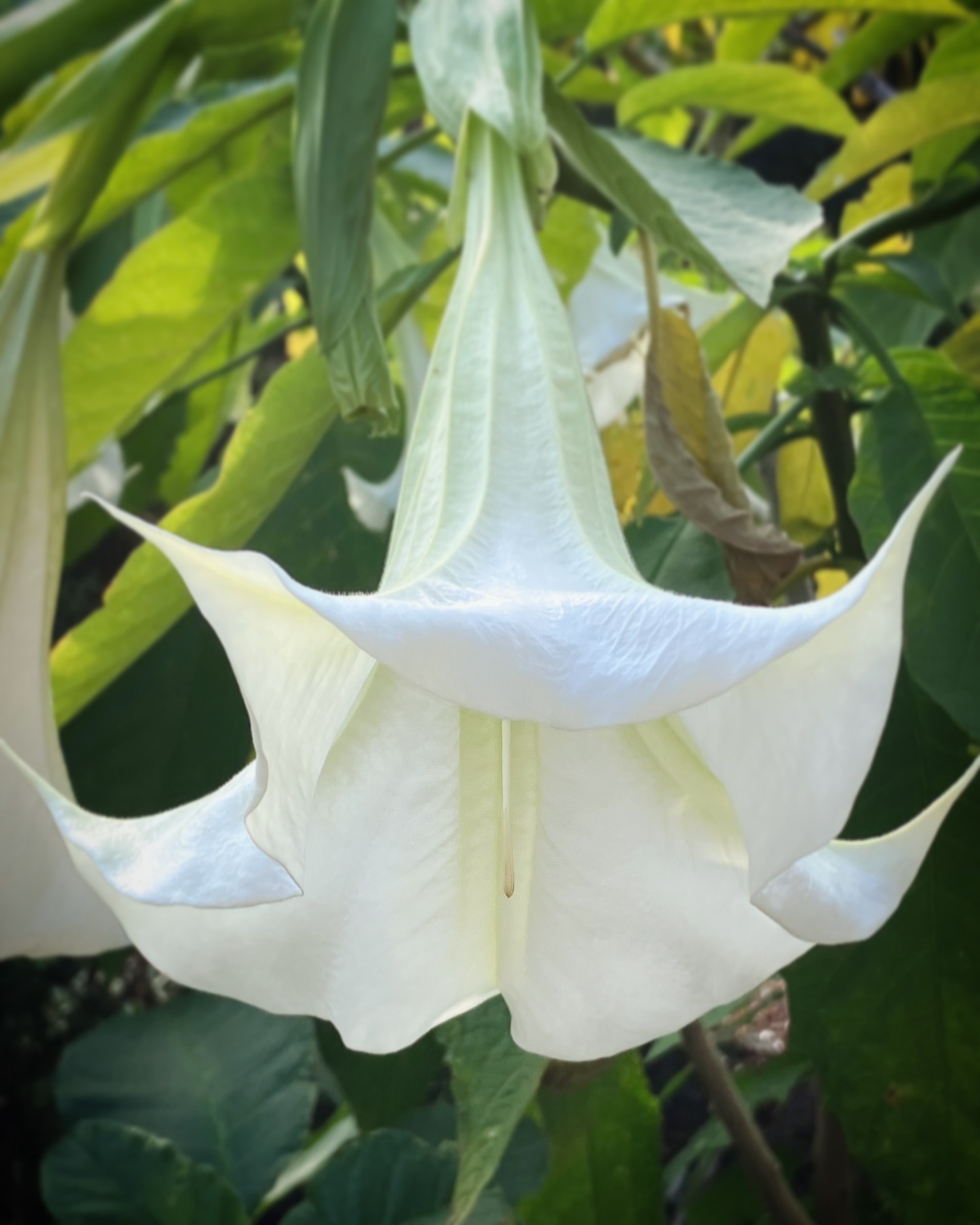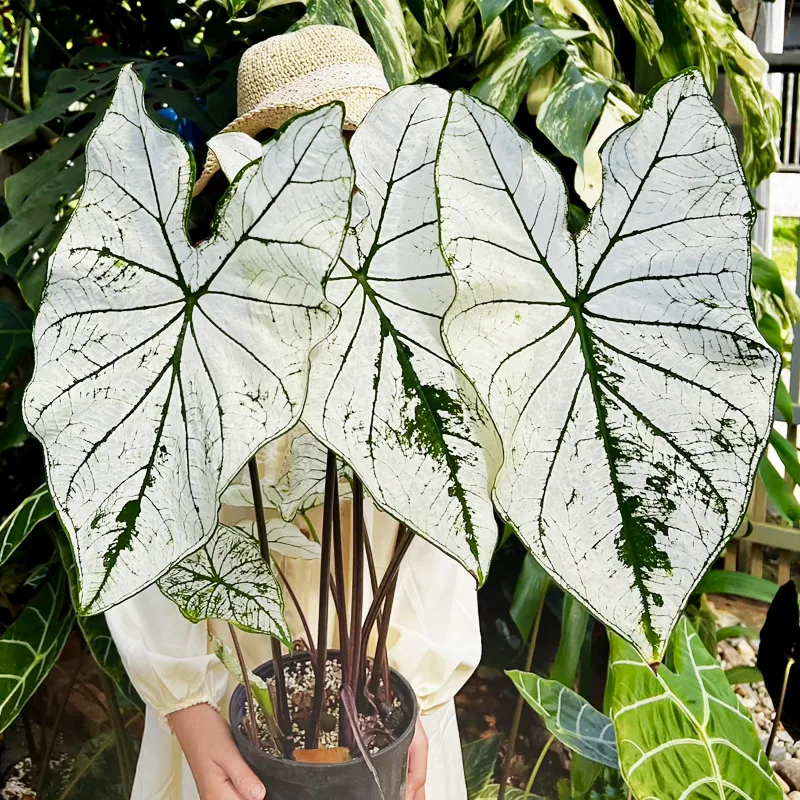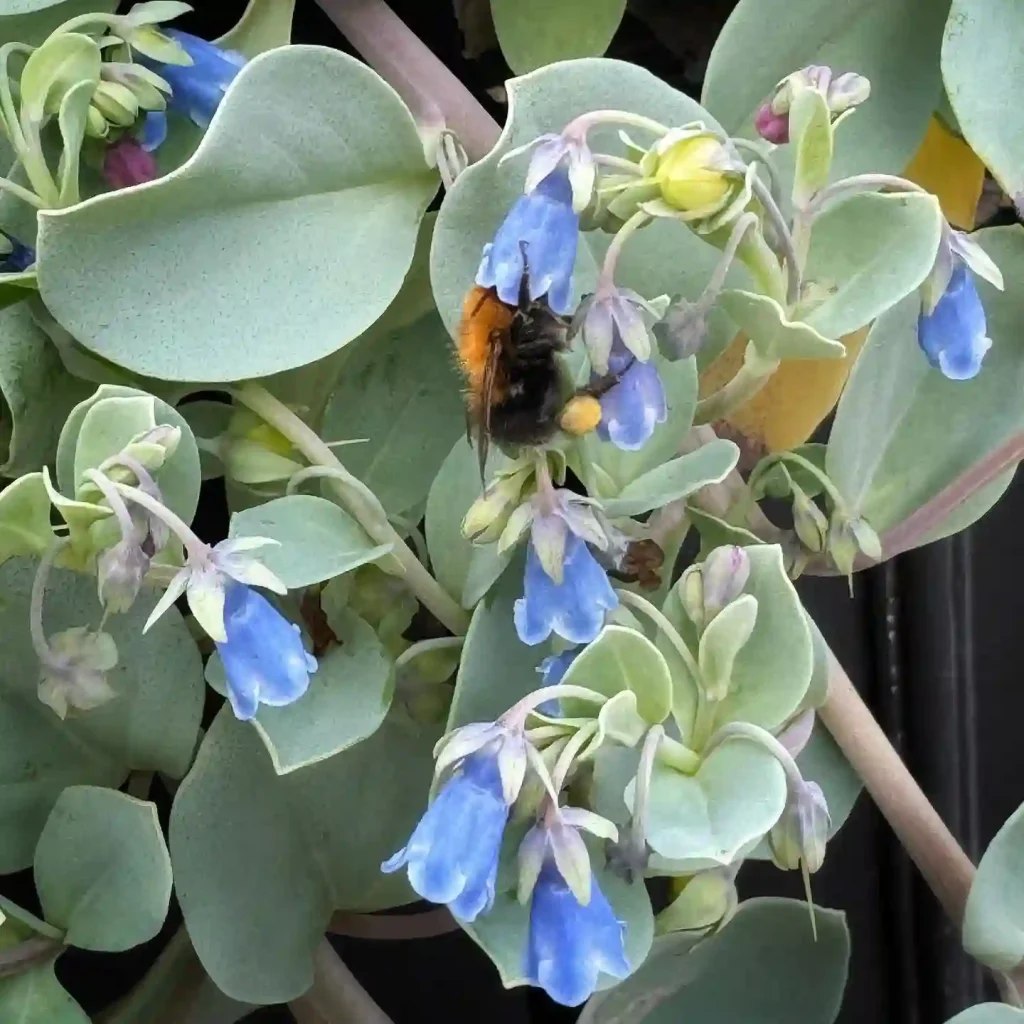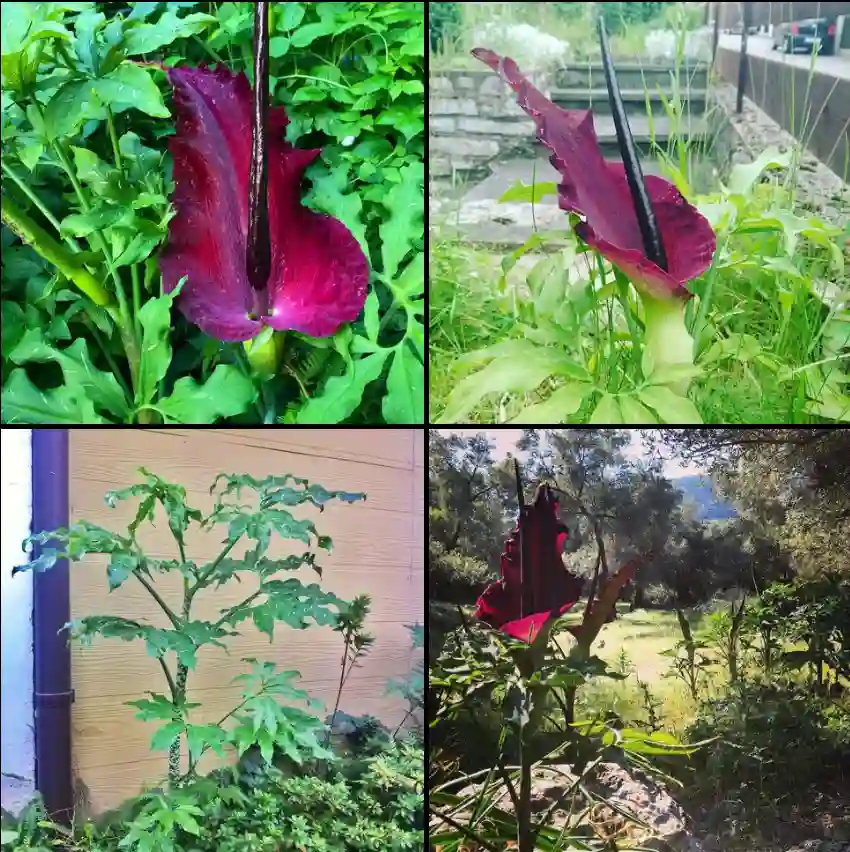Hoya Affinis: A Guide to the Red Wax Plant
Hi, Ferb Vu here. I’m a passionate plant enthusiast, and today, we’re diving into the captivating world of the Hoya Affinis, also known as the Red Wax Plant. This stunning vine boasts vibrant red blooms and lush foliage, making it a true conversation starter in any indoor space.
566 Species in Genus Hoya
Light: Let the Sun Shine (But Not Too Much)
Hoyas, in general, are known for their tolerance of lower light conditions. However, the Hoya Affinis thrives in brighter, indirect light. Think dappled sunlight filtering through a sheer curtain. Direct sunlight can scorch the leaves, so avoid south-facing windows.
Tip: If your Hoya Affinis seems leggy, with long spaces between leaves, it’s likely not receiving enough light. Consider supplementing with grow lights during the winter months.
Comparison Corner: Hoya Carnosa
The ever-popular Hoya Carnosa, also known as the Wax Plant, enjoys similar lighting conditions. Both these Hoyas will tolerate lower light but will produce more flowers with brighter, indirect light.
Watering: The Art of Finding the Balance
The Hoya Affinis prefers a well-draining potting mix. Overwatering is a recipe for disaster, so allow the soil to dry completely between waterings. Here’s a simple trick: Stick your finger into the soil. If the top inch feels dry, it’s watering time.
Tip: During the cooler winter months, water even less frequently.
Comparison Corner: Philodendron
Philodendrons, another popular houseplant, enjoy consistently moist soil. Unlike the Hoya Affinis, they don’t tolerate drying out completely. Understanding a plant’s specific watering needs is crucial for its success.
Soil: The Foundation for Growth
A well-draining potting mix is essential for the Hoya Affinis. Opt for a mix specifically designed for cacti and succulents, or create your own by combining potting soil with perlite or orchid bark for added drainage.
Tip: Consider repotting your Hoya Affinis every 1-2 years into a slightly larger pot with fresh potting mix.
Comparison Corner: Monstera Deliciosa
The Monstera Deliciosa, also known as the Swiss Cheese Plant, thrives in a well-draining potting mix similar to the Hoya Affinis. However, Monsteras prefer a slightly richer mix with added organic matter like compost.
Fertilizer: A Little Goes a Long Way
The Hoya Affinis is not a heavy feeder. A balanced, diluted liquid fertilizer applied during the growing season (spring and summer) is sufficient. Remember, less is often more when it comes to fertilizing houseplants.
Tip: Avoid fertilizing during the winter months when your Hoya Affinis is in a state of dormancy.
Comparison Corner: African Violets
African Violets are known for being heavy feeders. They require regular fertilization with a specific African Violet fertilizer to maintain their vibrant blooms.
Temperature and Humidity: Creating a Tropical Oasis
The Hoya Affinis thrives in warm temperatures, ideally between 60-80°F (15-27°C). Avoid exposing it to sudden temperature drops or drafts.
Humidity is key: Aim for moderate to high humidity levels (around 50-60%). Grouping your Hoya Affinis with other humidity-loving plants or using a humidifier can help create its ideal environment.
Tip: Misting the leaves occasionally can provide a temporary humidity boost, but it’s not a substitute for consistent humidity levels.
Comparison Corner: Orchids
Orchids also appreciate warm temperatures and moderate to high humidity levels. However, some orchid varieties require specific temperature fluctuations throughout the year, unlike the Hoya Affinis, which thrives in consistent warmth.
Common Issues and How to Save the Day
Yellowing Leaves: This can be caused by overwatering, underwatering, or lack of light. Check your watering habits and adjust accordingly.
Pests and Diseases: Mealybugs and scale can occasionally bother your Hoya Affinis. Neem oil spray is a natural option for pest control. Fungal diseases can occur due to overwatering. Ensure proper drainage and air circulation.
Not Blooming: The most common reason for a lack of blooms is insufficient light. Ensure your Hoya Affinis receives enough bright, indirect light. Additionally, becoming rootbound can prevent blooming. Consider repotting if necessary.
Propagation: Sharing the Joy
The Hoya Affinis can be easily propagated through stem cuttings. Take a healthy stem cutting with a few leaves, dip the end in rooting hormone (optional), and plant it in a well-draining potting mix. Patience is key – it can take several weeks for roots to develop.
How fast does the Hoya Affinis grow?
The Hoya Affinis is a moderate grower, putting out new leaves and vines steadily but not at a breakneck pace. You can expect a few inches of growth per month under ideal conditions.
Is the Hoya Affinis toxic to pets?
While not considered deadly, the Hoya Affinis contains sap that can cause stomach upset if ingested by pets. It’s best to keep this plant out of reach of curious cats and dogs.
Can I prune my Hoya Affinis?
Absolutely! Pruning encourages bushier growth and can help control the size and shape of your plant. Pinch off leggy stems or trim back overgrown areas using sharp, clean pruners. Pruning is best done during the spring or summer growing season.
My Hoya Affinis has sticky sap on the leaves. Is this normal?
Yes, the sticky sap on the Hoya Affinis leaves is a natural phenomenon. It’s thought to attract pollinators in its natural habitat. While not harmful, you can gently wipe the sap off with a damp cloth if it bothers you.
My Hoya Affinis is losing leaves. What’s wrong?
Several factors can contribute to leaf loss. Overwatering, underwatering, insufficient light, or even pests can cause leaves to drop. Examine your care routine and adjust as needed. Check for signs of pests and treat accordingly.
Can the Hoya Affinis be grown outdoors?
In warm climates (USDA Hardiness Zones 10 and above), the Hoya Affinis can be grown outdoors in a protected location with filtered sunlight. However, it’s best suited as a houseplant in most regions.
Where can I buy a Hoya Affinis?
Many online plant retailers and local nurseries will carry the Hoya Affinis. You might also find it at plant swaps or gardening events.
The Final Bloom
The Hoya Affinis is a captivating and relatively low-maintenance houseplant. With proper care, it will reward you with vibrant blooms and lush foliage for years to come. So, embrace the joy of this unique climber and let it add a touch of the tropics to your indoor space. Happy planting!
If i die, water my plants!



